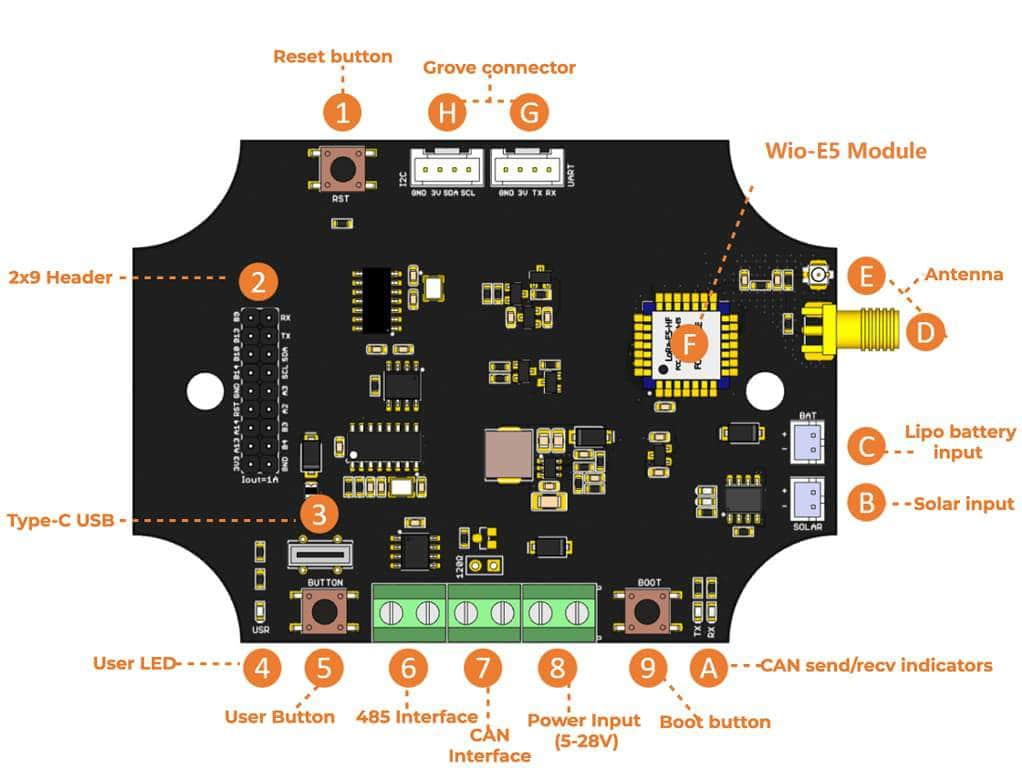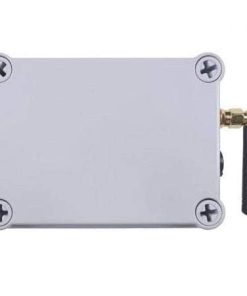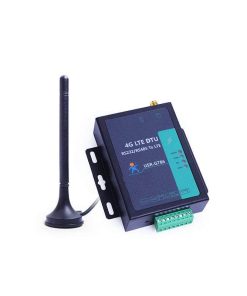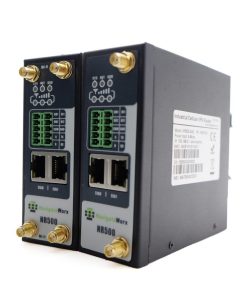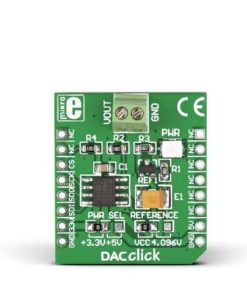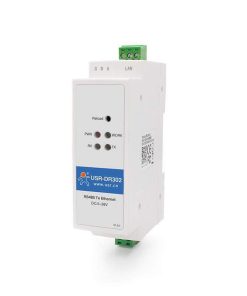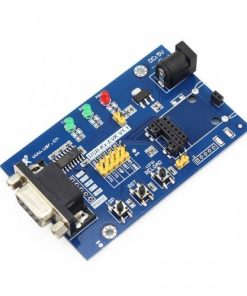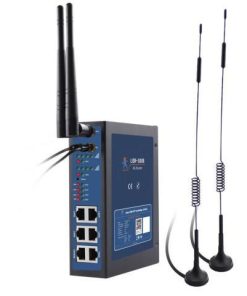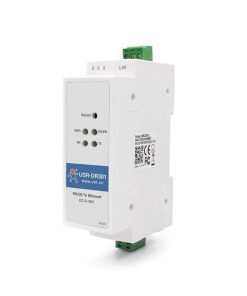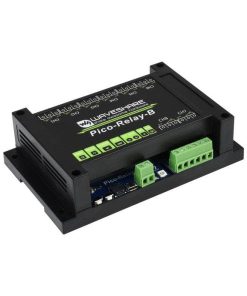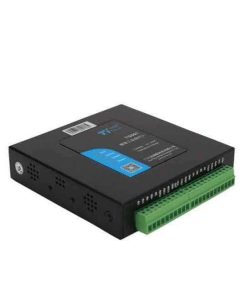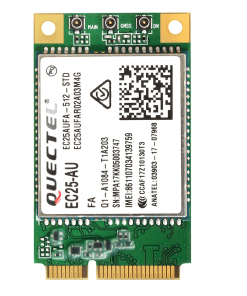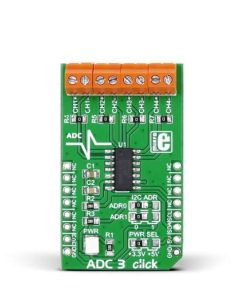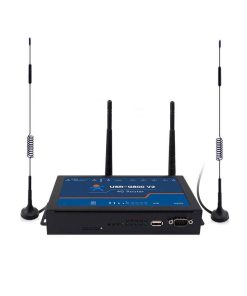Wio-E5 CAN FD RS485 LoRaWAN Dev Kit Seeed Studio
$ 139,00 $ 55,60
Wio-E5 CAN FD RS485 LoRaWAN Dev Kit
Wio-E5 CAN Development Kit is based on the Wio-E5 STM32WLE5JC Module and supports CAN FD, CAN2.0, and RS485 communication. It supports industrial standards, provides a waterproof case and solar charging interface, and comes with high extensibility and compatibility. It’s ideal for car hacking and LoRaWAN Long Range sensor network management.
Features
- Support various communication methods: CAN FD, CAN 2.0, and RS485
- High extendability with various sensors: full GPIOs led out to rich interfaces, including RS-485, Grove modules for GPS, environmental detection, etc
- High compatibility: support Global LoRaWAN Long Range frequency plan with a long-distance transmission range of 10km (ideal value in open area)
- Easy to use: User-friendly waterproof case & solar charging interface provided for better outdoor deployment and enable temporary use when lacking an external power source
- Support industrial standards: a wide working temperature at -40 ℃ ~ 85℃, high sensitivity between -116.5 dBm ~ -136 dBm, and power output up to +20.8dBm at 3.3V
It consists of a Wio-E5 CAN bus Dev Board, an antenna(EU868/US915), and a waterproof case. The embedded Wio-E5 STM32WLE5JC Module supports Long Range protocol on the global frequency band. It leads out full GPIOs of Wio-E5 supporting various data protocols and interfaces including RS-485, Grove, male/female headers, etc. It would be a perfect choice for fast testing and rapid prototyping of your Long Range IoT projects. Also, the Wio-E5 STM32WLE5JC Module is the world-first combo of Lang Range RF and MCU chip into one single tiny chip and is FCC and CE certified. It is powered by ARM Cortex-M4 core and Semtech SX126X Long Range chip, supports Long Range protocol on the worldwide frequency and (G)FSK, BPSK, (G)MSK, and Long Range modulations.
It features an ultra-long transmitting range of up to 10km in an open area, extremely low chip power consumption which the sleep current is as low as 2.1 uA(WOR mode), and user-friendly interfaces which are developed to unlock the full functionality of the Wio-E5 module, CAN FD and CAN 2.0 communication, it has led out full 28 pins of Wio-E5 and provides rich interfaces including Grove connectors, RS-485 terminal, male/female pin headers for you to connect sensors and modules with different connectors and data protocols, saving your time on wire soldering. You could also easily power the board by connecting the battery holder with 2 AA batteries, enabling temporary use when lacking an external power source. It is a user-friendly board for easy testing and rapid prototyping. It is designed with industrial standards with a wide working temperature at -40 ℃ ~ 85℃, high sensitivity between -116.5 dBm ~ -136 dBm, and power output up to +20.8dBm at 3.3V.
Learn more about Wio-E5 here.
What is CAN-BUS?
CAN stands for Controller Area Network, it is used to allow microcontrollers and devices to communicate with each other within a vehicle without a host computer which allows for control and data acquisition. These devices are also called Electronic Control Units (ECU) and they enable communication between all parts of a vehicle.
Today, you can find up to 70 ECUs in a modern car. CAN is a serial communication bus designed for industrial and automotive applications. For example, they are found in vehicles, farming equipment, industrial environments, etc.
How does CAN-BUS work?
The fuel level, door sensors, odometer, and many more parts of a car have to communicate with each other somehow, and CAN BUS is what they used to do. These CAN-compatible components, called “nodes” are connected with a 3-string copper wire, with no central router to govern the data flow. Every node can hear the messages of every other node.
Every node has an ID, where the ones with the higher priority ID can have the priority to “talk” first while the others “listen”. This is to ensure that there are never two nodes talking at the same time. The most significant benefit of CAN-BUS is to be able to just connect components without having to worry about signal routing.
Learn more about CAN-BUS here.

You can also interact with the devices through a Human-Machine Interface(HMI):
- Wio Terminal—Sense and tag the Real-World data with over 300 Groves created by Seeed and visualize through Azure IoT Central Platform to create an end-to-end IoT project.
- reTerminal CM4104032—reTerminal is powered by a Raspberry Pi Compute Module 4 (CM4) which is a Quad-Core Cortex-A72 CPU running at 1.5GHz and a 5-inch IPS capacitive multi-touch screen with a resolution of 720 x 1280.
Application
- Long Range sensor network management: Many sensors in the industry are transmitted through CAN BUS. With the Wio-E5 CAN Dev board you can use the on-board CAN-BUS function to read the sensors and send the data through Long Range.
- Car hacking: Since the circuit board can receive 5-28V input, the user can connect the circuit board to the OBD interface, get the data of the car.
Application 1: Car Tracking System
Materials:
Wio – E5 CAN Dev Kit
|
Grove – GPS(Air530)
|
Wio Terminal
|
Grove – Wio-E5
|
Descriptions:
What a perfect combo for you to make a GPS tracking system! Connect the grove interface on the Wio-E5 CAN Dev board to a grove – GPS(Air530), which gives you real-time insights into your vehicle. And you can communicate to your car with a Wio terminal connecting a Grove – Wio-E5 since two Wio-E5 can detect each other, also take the advantage of the embedded buzzer and LED of the Wio Terminal to create an alarm system!
Hardware Overview

Specification
|
Items |
Specifications |
|
Voltage supply |
5V/USB, 3.7V Lipo Battery, 4.5~28V DC input |
|
Voltage output |
3.3V |
|
Power output |
Up to 20.8dBm at 3.3V |
|
Frequency |
AU915/EU868/US915/AS923/KR920/IN865 |
|
Protocol |
LoRaWAN |
|
Sensitivity |
116.5dBm~-136dBm |
|
Modulation |
Long Range, (G)FSK, (G)MSK, BPSK |
|
CAN 2.0 speed |
Up to 1Mb/s |
|
CAN FD speed |
Up to 5Mb/s |
Documents:
Wio-E5 CAN Dev Kit datasheet
Wio-E5 datasheet and specifications
Wio-E5 AT Command Specification
STM32WLE5JC Datasheet
Fast Shipping and Professional Packing
Through our long-term relationship in a long-standing partnership with UPS, FedEx, DHL and many other top global carriers we can provide a variety of shipping options. Our warehouse employees will pack every item to our exacting specifications. The goods you send us are checked thoroughly and secured properly prior to shipping. Everyday we deliver thousands of packages to customers across many countries. The fact that we're committed to becoming the biggest online retailer in the world is clear. Both Europe as well as the USA have warehouses and distribution centres.
Orders that contain more than one item are assigned processing times in accordance with the item.
We will inspect each and every one of the items ordered before shipping. Today, most orders will be shipped within 48 hours. The delivery time should be between 3-7 days.
Returns
The stock market is always changing. It's not entirely managed by us, since we have multiple organizations, such as the factory and our storage. Stock levels can fluctuate at any given time. Please understand it may happen that your order will be out of stock after the order is placed.
The policy is for 30 days. If you have passed 30 days in the past since you purchased, unfortunately we can't offer you a refund or exchange.
To be eligible for a refund, your item must be in good condition and in the same state that you received it. The item must be in the original packaging.
Related products
IoT Comms

